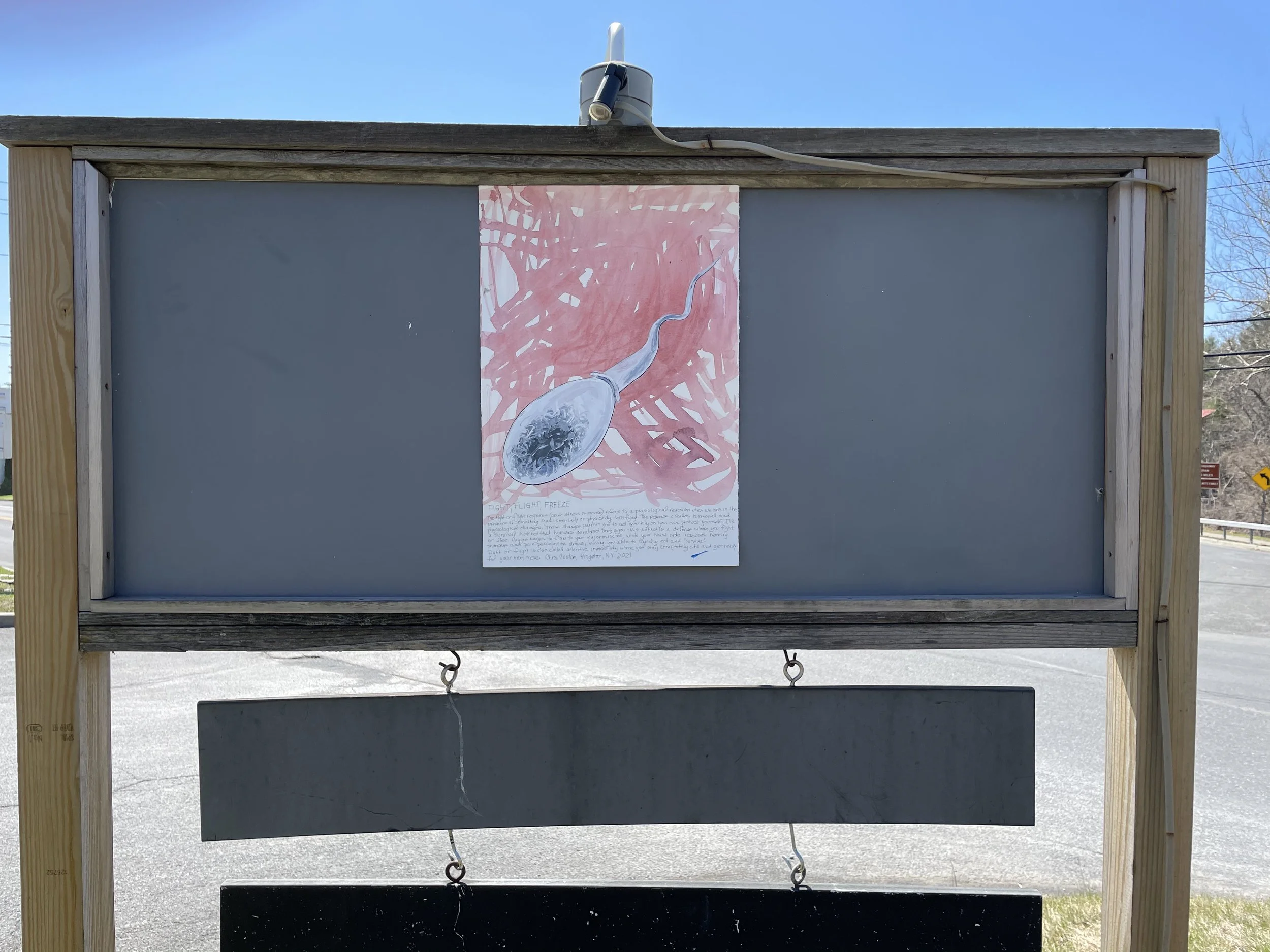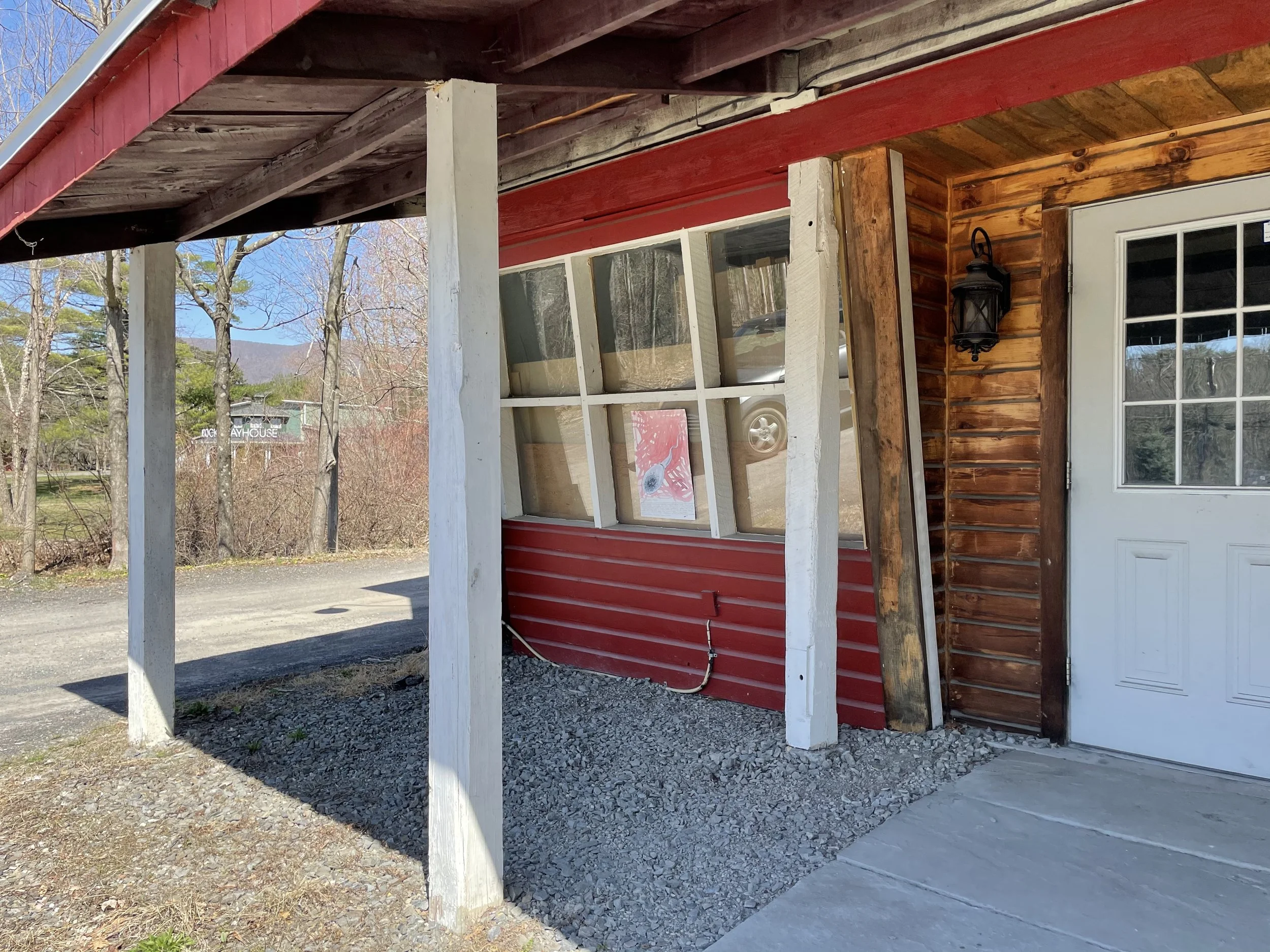interventions: Fight, Flight, Freeze
The fight-or-flight response (also known as the acute stress response), refers to a physiological reaction that occurs when we are in the presence of something that is mentally or physically terrifying.
The response creates hormonal and physiological changes. These changes permit you to act quickly so you can protect yourself. It’s a survival instinct that our ancient ancestors developed many years ago. Specifically, fight-or-flight is an active defense response where you fight or flee. Your heart rate gets faster, which increases oxygen flow to your major muscles. Your pain perception drops, and your hearing sharpens. These changes help you act appropriately and rapidly. Freezing is fight-or-flight on hold, where you further prepare to protect yourself. It’s also called reactive immobility or attentive immobility. It involves similar physiological changes, but instead, you stay completely still and get ready for the next move.The fight-flight-freeze reaction isn’t a conscious decision. It’s an automatic reaction, so you can’t control it.
The fight-or-flight response is triggered by the release of hormones that prepare your body to either stay and deal with a threat or to run away to safety.The term "fight-or-flight" represents the choices that our ancient ancestors had when faced with danger in their environment. They could either fight or flee. In either case, the physiological and psychological response to stress prepares the body to react to the danger.
In the 1920s, American physiologist Walter Cannon was the first to describe the fight-or-flight response. Cannon realized that a chain of rapidly occurring reactions inside the body helped to mobilize the body's resources to deal with threatening circumstances.
Today, the fight-or-flight response is recognized as part of the first stage of Hans Selye's general adaptation syndrome (a theory describing the stress response).
unsanctioned intervention, Hudson Valley, 2021
materials: acrylic paint, acid-free ink, archival watercolor paper (26 X 18 inches)



